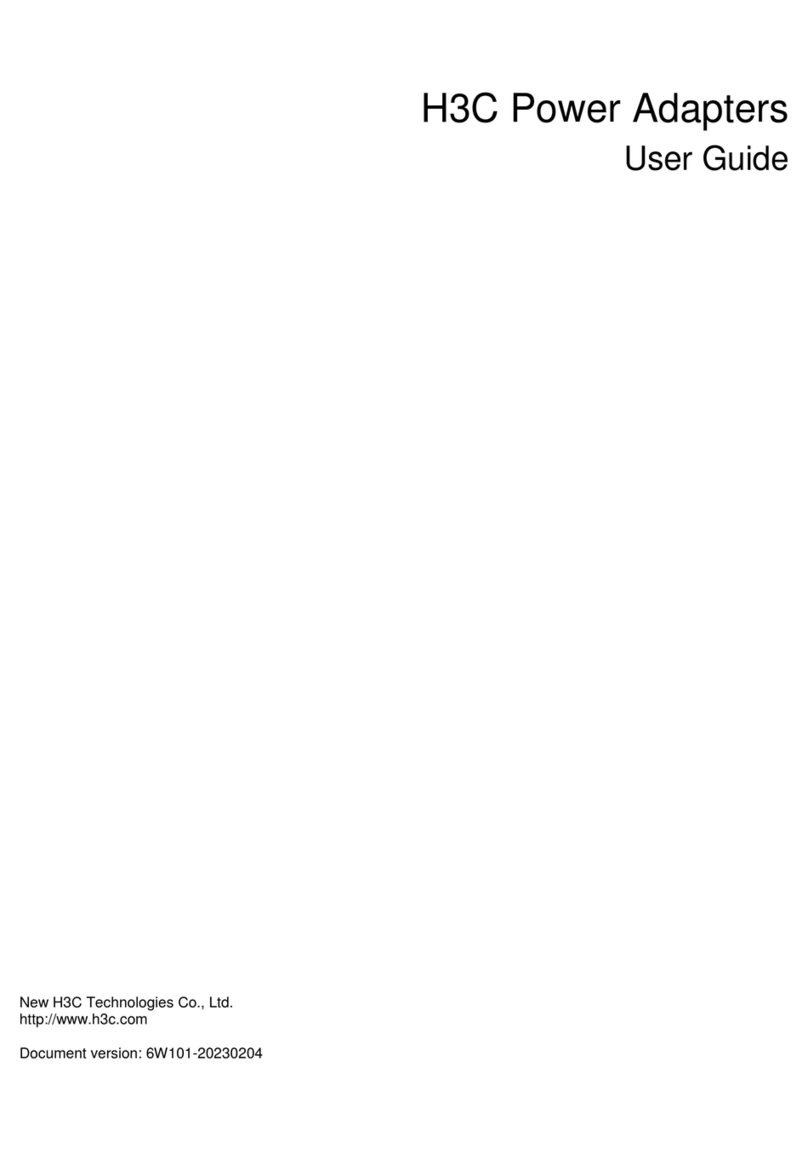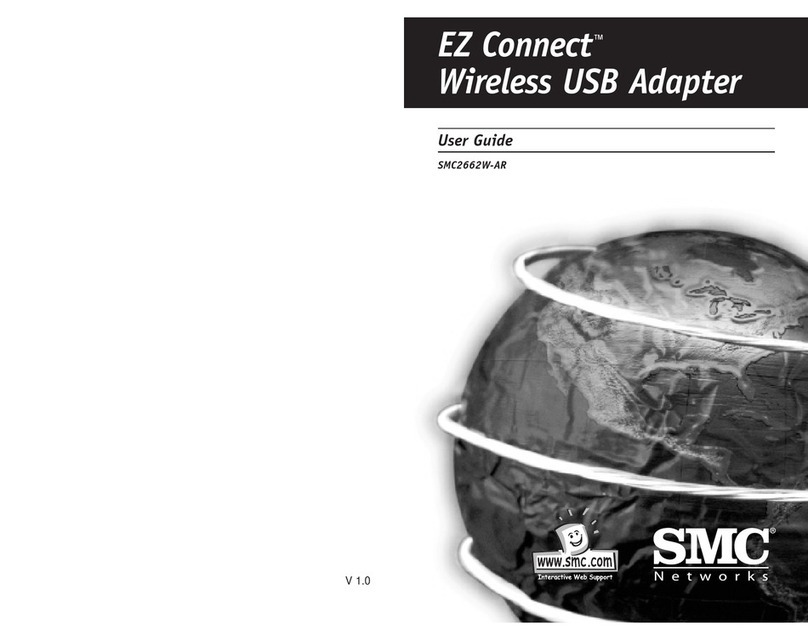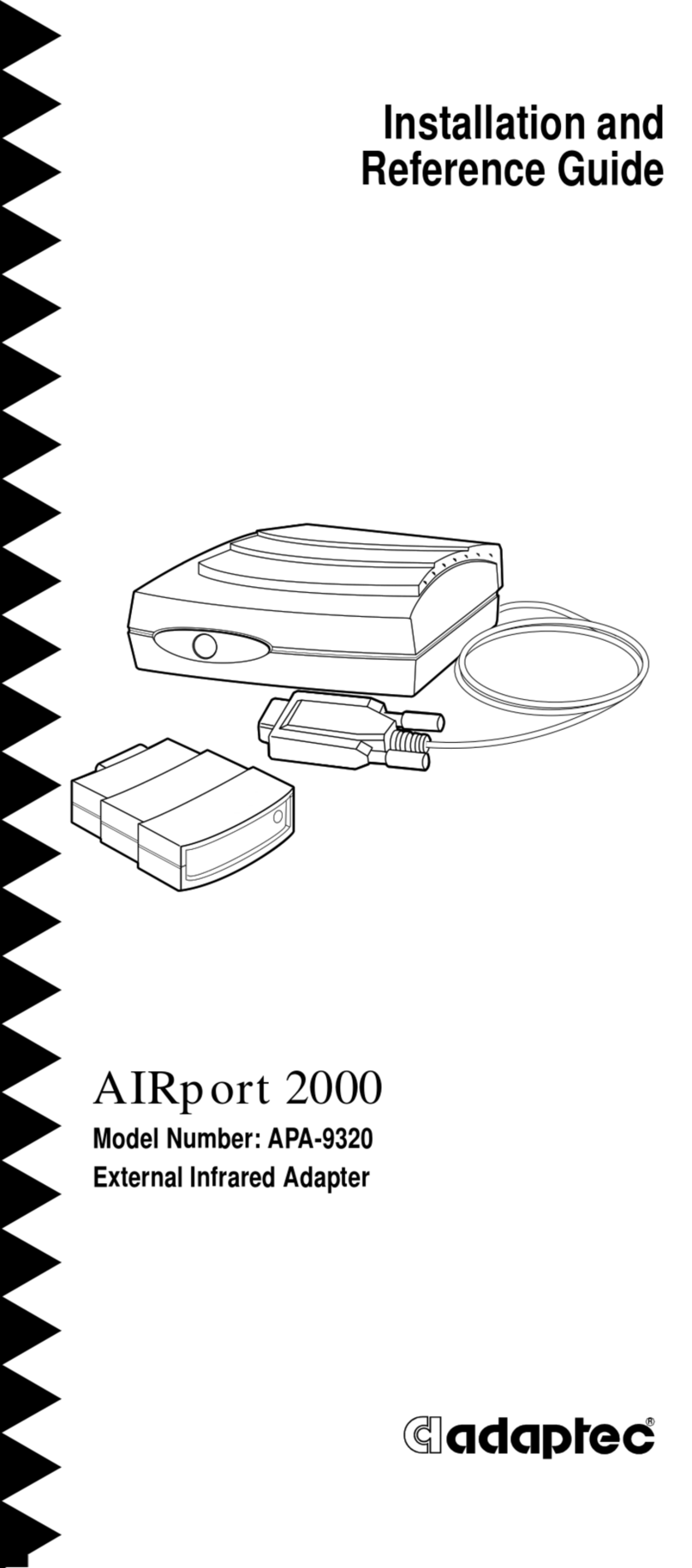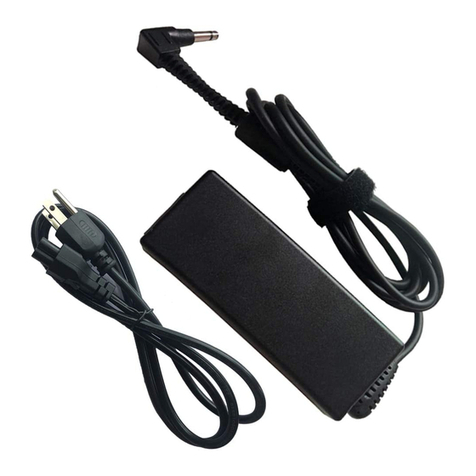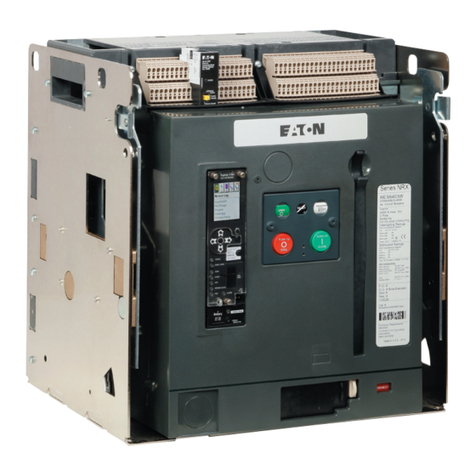Garmin GFL 10 Quick guide










Table of contents
Other Garmin Adapter manuals

Garmin
Garmin GET 10, Engine Tilt Adapter Installation and... Operating and maintenance instructions

Garmin
Garmin GEA 71 User manual
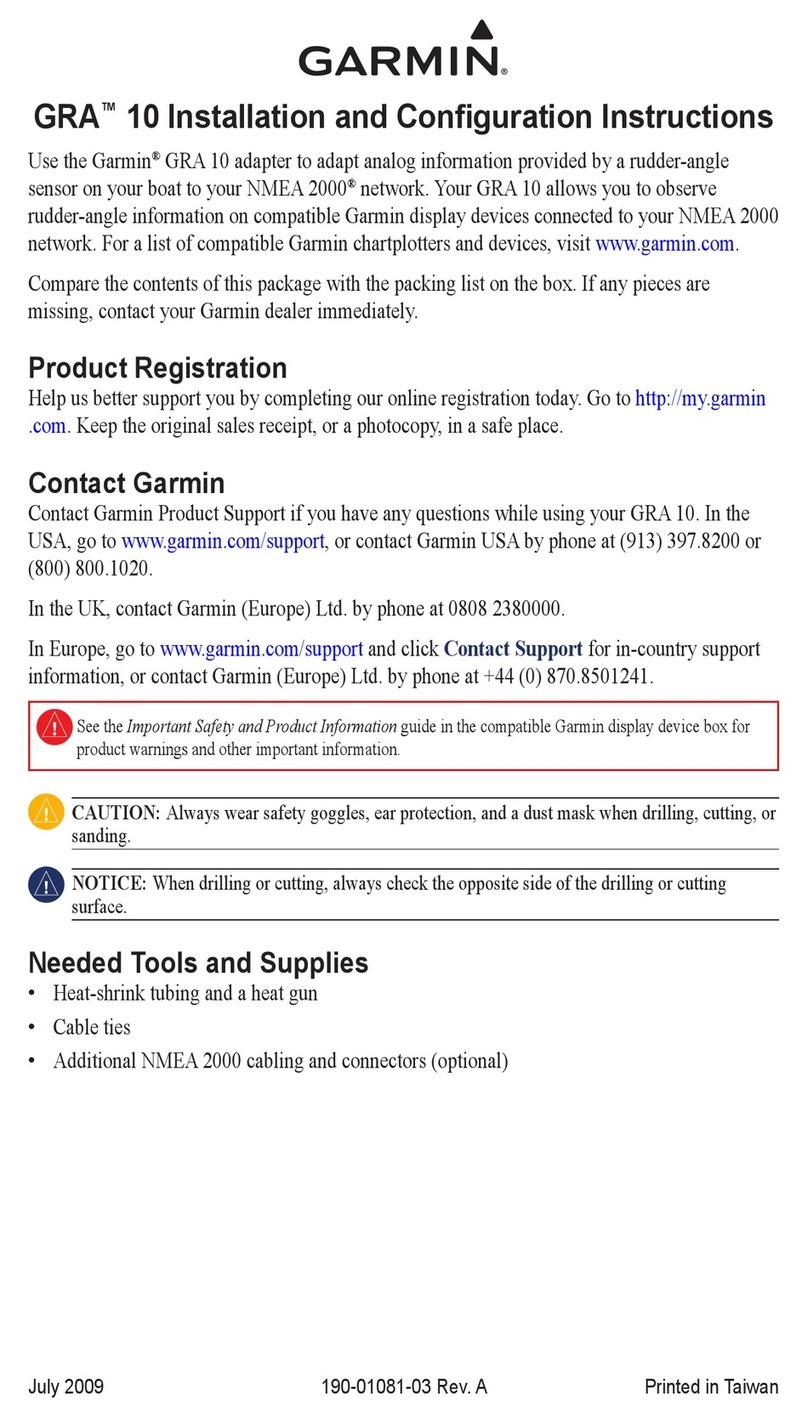
Garmin
Garmin GRA 10 Quick guide
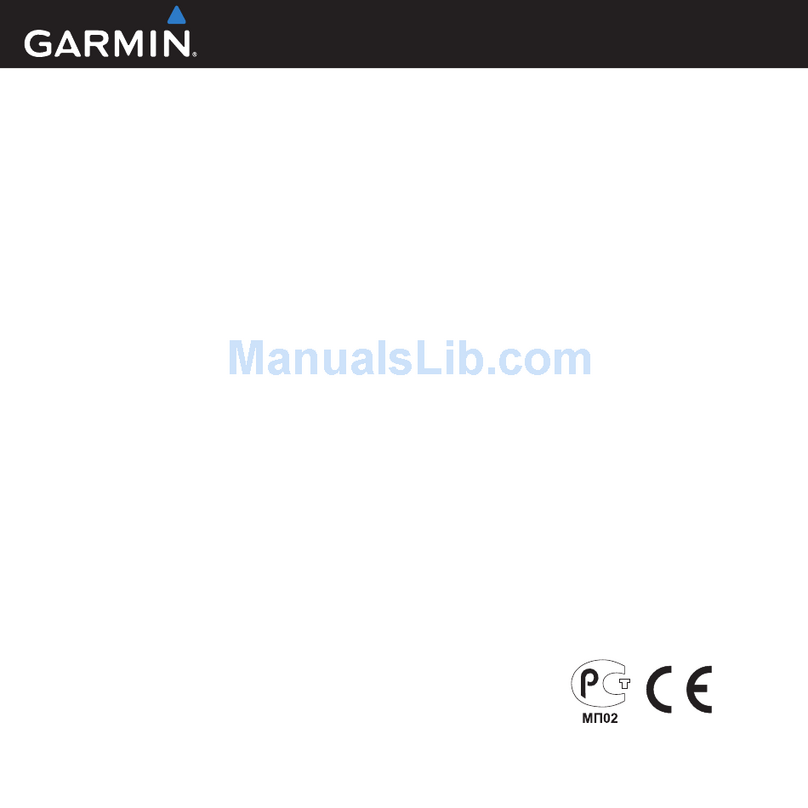
Garmin
Garmin NMEA 2000 Network Updater User manual
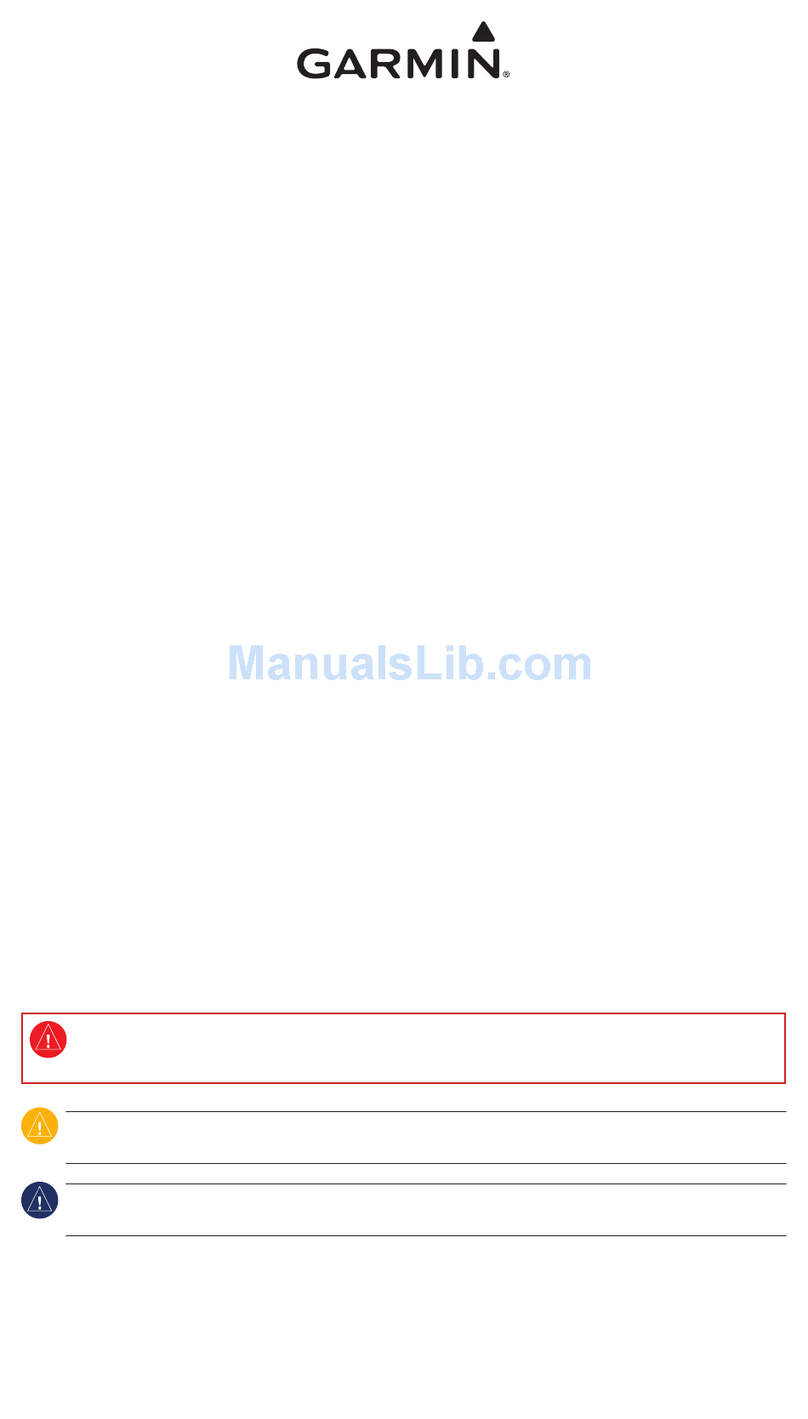
Garmin
Garmin GST 10, Water Speed and Temperature Adapter Installation and... Operating and maintenance instructions
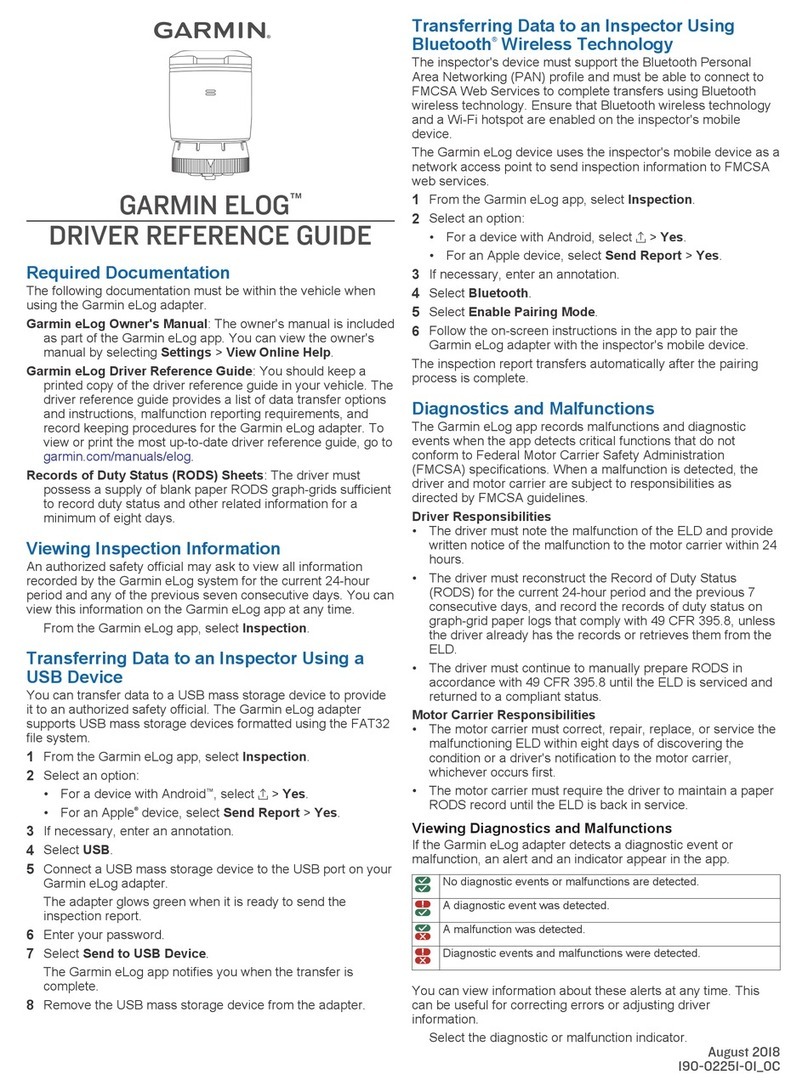
Garmin
Garmin ELOG User manual

Garmin
Garmin ANT+ adapter for iPhone User manual

Garmin
Garmin NMEA 2000 Transducer Adapter Kit User manual

Garmin
Garmin GBT 10 Bennett Trim Tab Adapter Installation and... Operating and maintenance instructions
Popular Adapter manuals by other brands
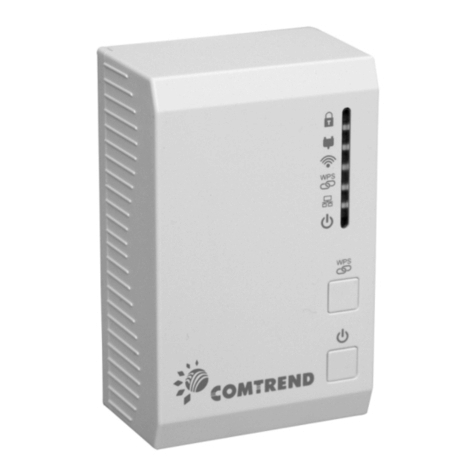
Comtrend Corporation
Comtrend Corporation PowerGrid-9171n user manual
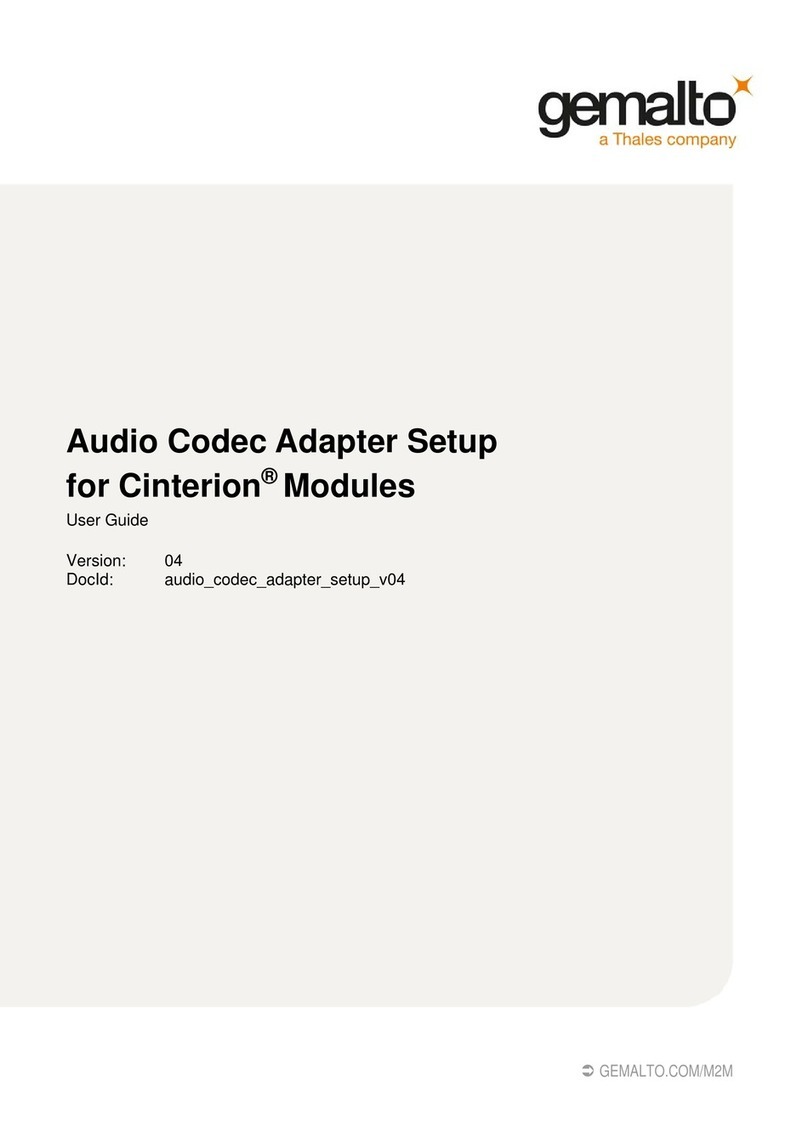
Thales
Thales Gemalto AGS2-E user guide
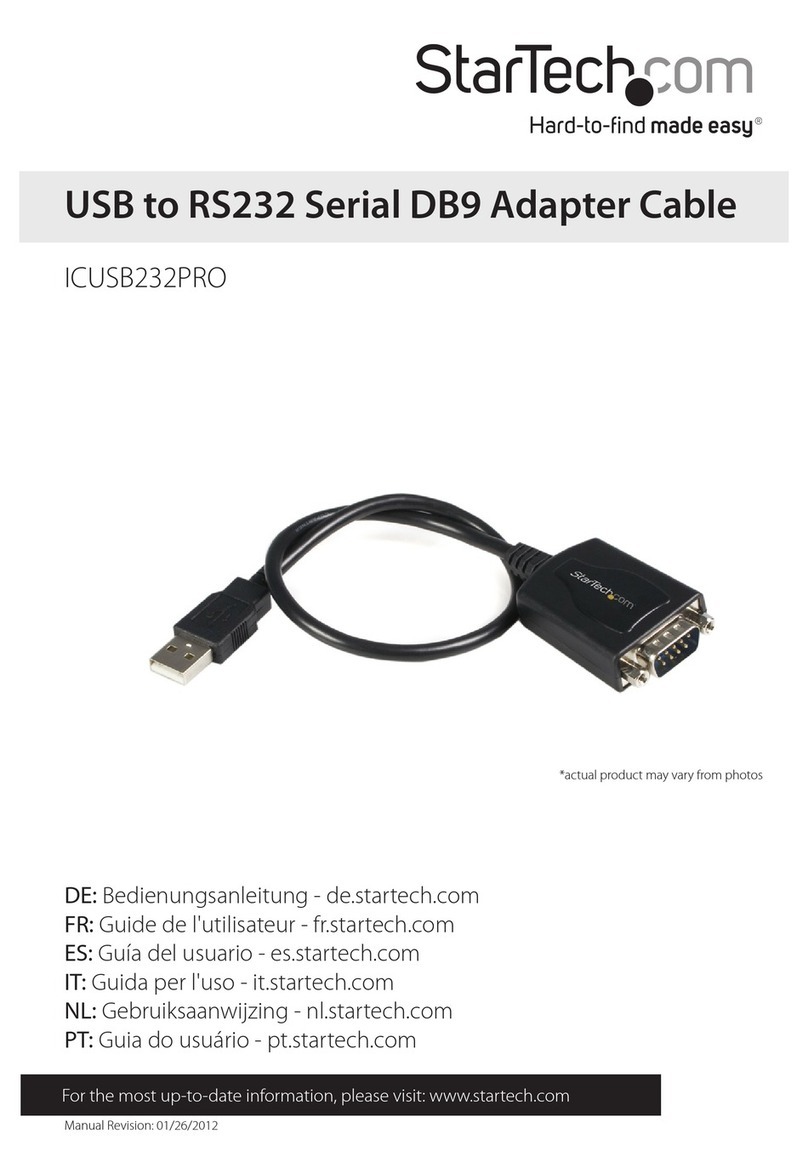
StarTech.com
StarTech.com ICUSB232PRO instruction manual
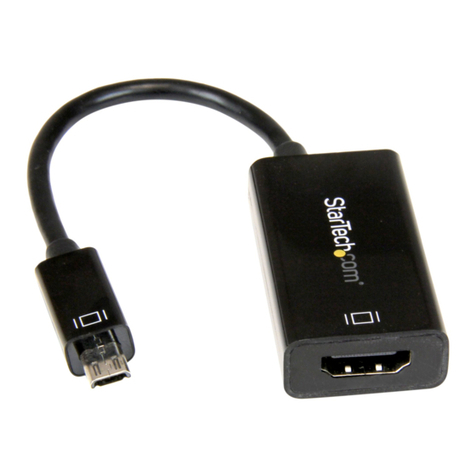
StarTech.com
StarTech.com MHD2HDF11 instruction manual
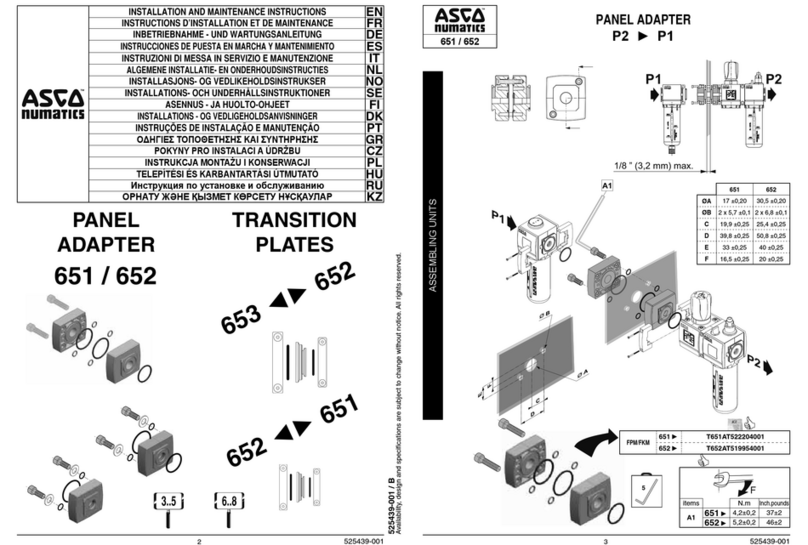
ASCO Numatics
ASCO Numatics 651 Series Installation and maintenance instructions
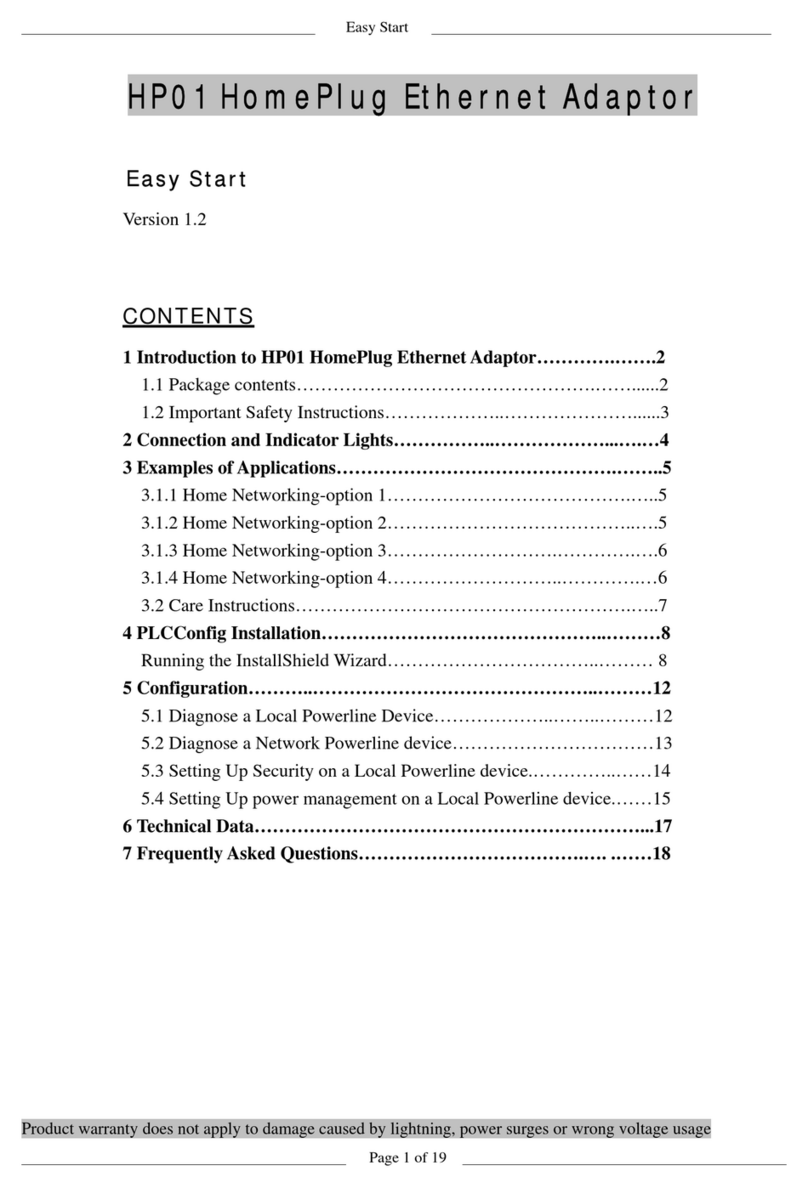
HomePlug
HomePlug HP01 Easy start

Connective Peripherals
Connective Peripherals ES-U-2001-S installation guide
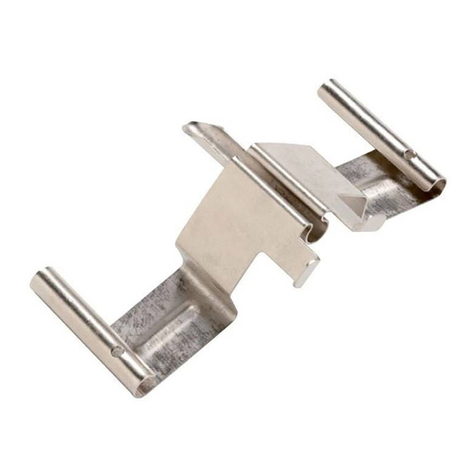
Fluke
Fluke Zero Adapter Quick reference guide
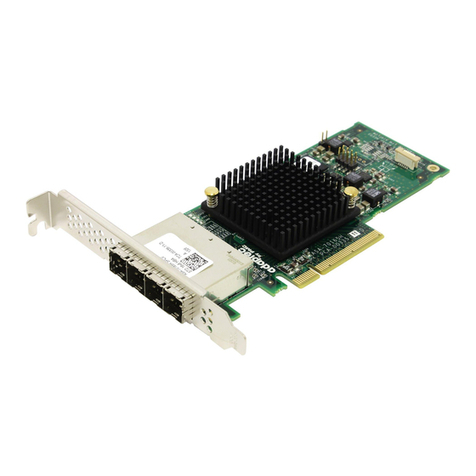
Adaptec
Adaptec Serial Attached SCSI Installation and user guide
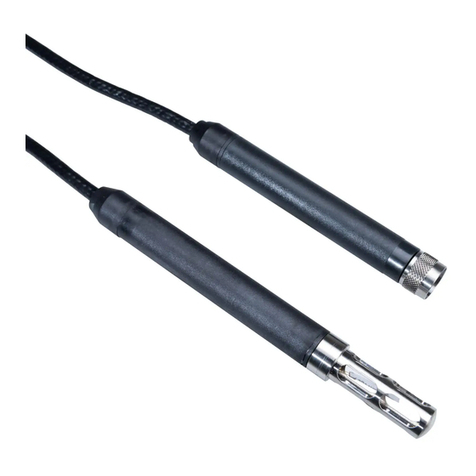
Rotronic
Rotronic HygroClip2 ADVANCED Short instruction manual
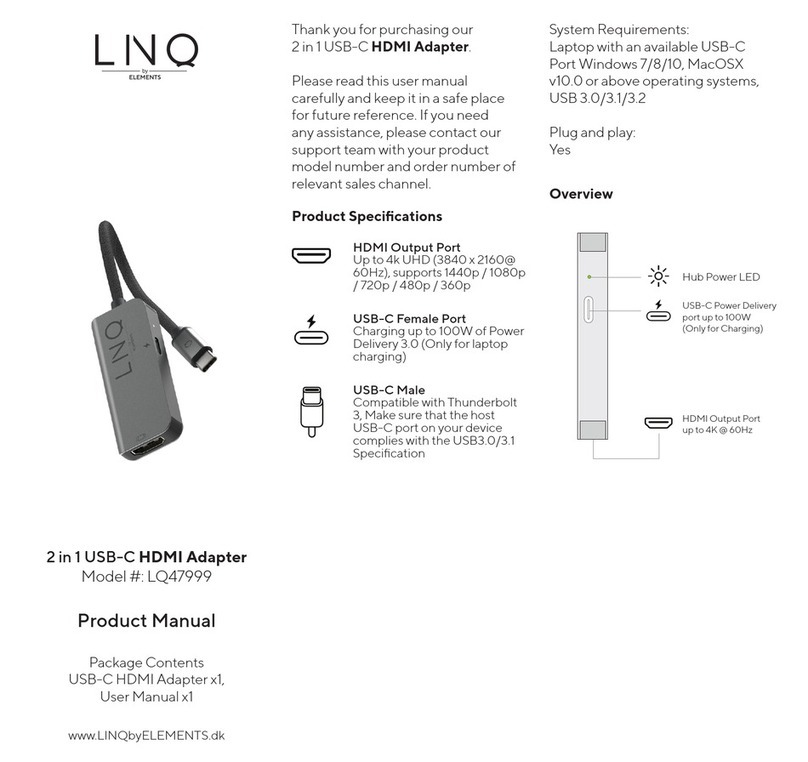
Elements
Elements LINQ LQ47999 product manual
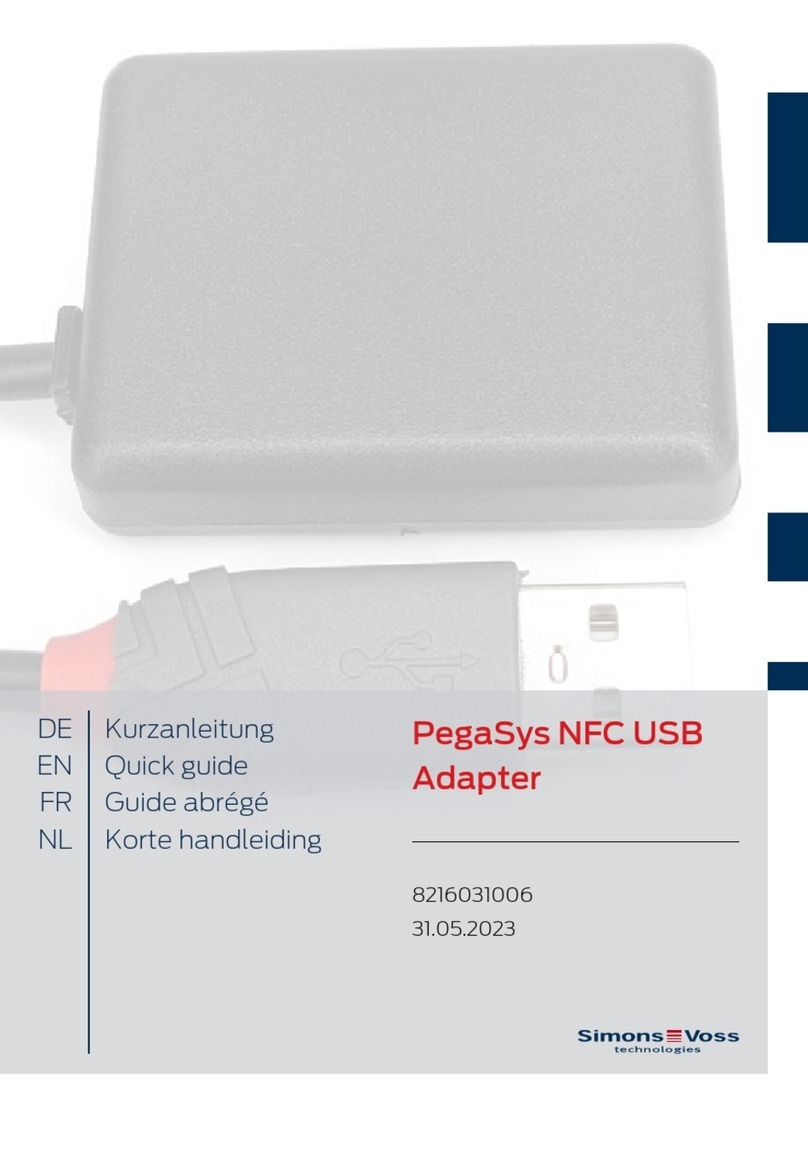
Simons Voss Technologies
Simons Voss Technologies PegaSys NFC quick guide
